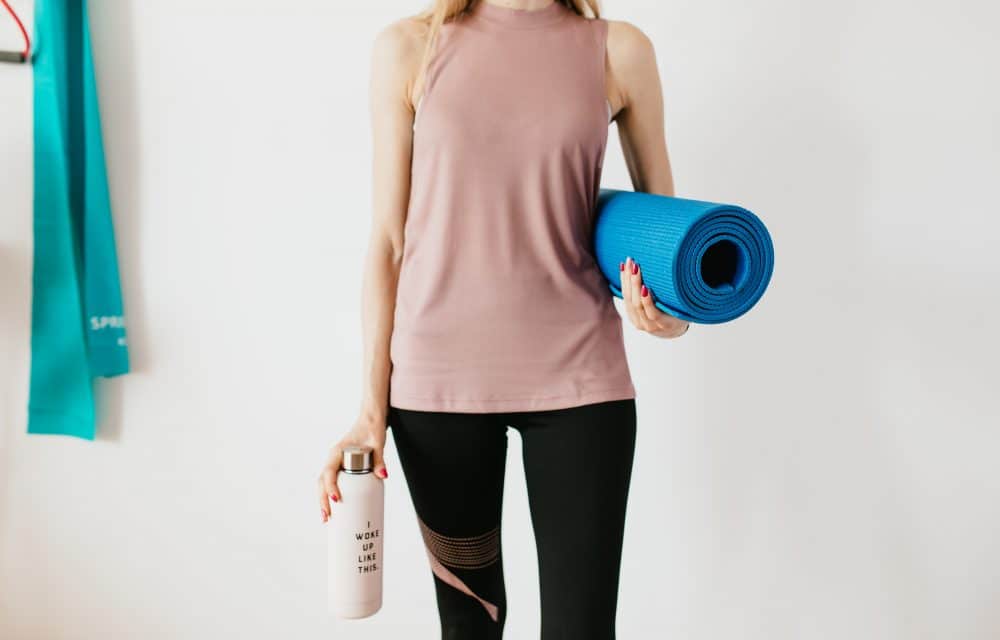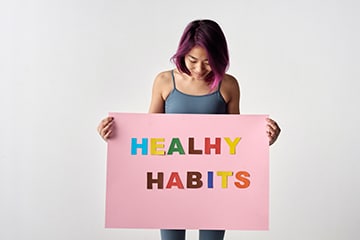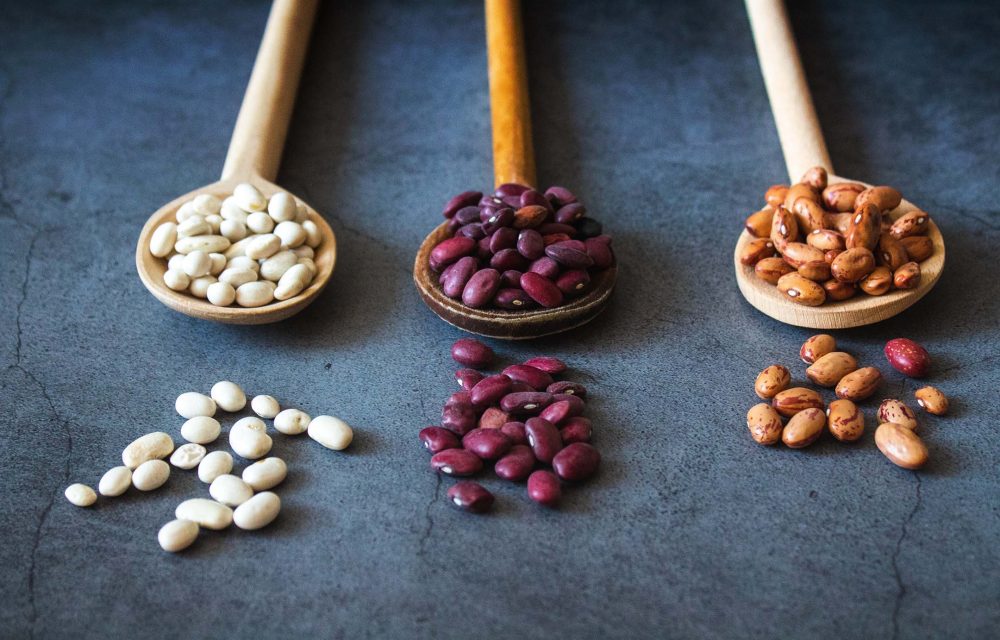How Often Should You Go To The Gym As A Beginner?
When someone is a beginner, at Body Sculptors in Louisville, KY, there are a lot of variations on how much time is spent in the gym. Some people come every day to workout, while others come once a week or even less. What is the perfect amount of time to spend? The answer varies based on your goals and even your fitness level. However, if you only come once a week to the gym, you need to be doing some type of exercises on other days to get in at least 150 to 300 minutes a week.
Part of the variation is contributed to the type of exercise you’re doing.
Are you pushing hard and going at peak intensity? Then that 150 to 300 minutes a week is suddenly reduced to 75 to 150 minutes a week. That’s about two to three gym visits, since high intensity workouts are normally shorter. Your body can’t keep up the pace for that long, especially if you’re a beginner. For other people, particularly those out of shape, taking a more moderate pace would require more time at the gym.
Not all types of training have to be done at the gym.
When you’re working with a personal trainer, let the trainer be your guide. He or she will help designate how many days you should come. For others, remember, not every exercise has to be done at the gym. For instance, a beginner might start aerobic training by walking. It’s far more interesting to walk outside, or at least inside an indoor mall, than it is to walk laps around the gym. On days you walk, going to the gym may not be necessary. If you’re doing strength training, you need to rest those muscles for at least 48 hours so the microtears caused by the workout can heal.
Beginners need to start slowly and work toward increasing their workout.
If you’ve been sedentary for years and finally decided that enough was enough, you might need more rest between tough workouts and take it easier in the beginning. Some people start by working out two to three days a week for about 30 to 45 minutes. On the days away, they go for walks, ride bikes or do other gentle exercises like tai chi.
- You can boost your exercise time by increasing your activity. Take the stairs instead of the elevator. Park further from the store. On Saturday night, don’t go to a show, go dancing.
- If you aren’t working with a trainer, at least for the first two weeks take it slow. Focus mostly on form than repetition. Make sure you include warm up and cool down time in your workout session.
- As you progress, you can increase your workout time or workout intensity. If you push yourself too hard initially, you’re apt to cause an injury that will leave you sidelined for months. Always listen to your body.
- Make sure your program is varied. Cardio should be done at least three days a week, while strength training should be one to two times for each muscle group. Flexibility training should be done daily.
For more information, contact us today at Body Sculptors Personal Training





 Diabetes can exacerbate some conditions, like high blood pressure, heart disease or circulation. Yoga can help directly, like stabilizing blood sugar levels. Increasing activity and eating healthy are exceptionally good for controlling diabetes. Yoga is a gentle form of exercise that most people can do. There are several poses that have proven especially beneficial for diabetics.
Diabetes can exacerbate some conditions, like high blood pressure, heart disease or circulation. Yoga can help directly, like stabilizing blood sugar levels. Increasing activity and eating healthy are exceptionally good for controlling diabetes. Yoga is a gentle form of exercise that most people can do. There are several poses that have proven especially beneficial for diabetics. Are you one of those people that jump out of bed and immediately rush to get ready to work? There’s a better way to start your day and that’s by doing a few stretches first. If you’ve ever watched a cat when it first gets up, all it does is stretch for a while. We could learn a thing or two from our feline friends. Stretching upon rising can increase flexibility and boost circulation.
Are you one of those people that jump out of bed and immediately rush to get ready to work? There’s a better way to start your day and that’s by doing a few stretches first. If you’ve ever watched a cat when it first gets up, all it does is stretch for a while. We could learn a thing or two from our feline friends. Stretching upon rising can increase flexibility and boost circulation. Clients at Body Sculptors in Louisville, KY, know that a hard workout can result in some muscle aches and pains. Those can lead to a reluctance to keep a workout schedule. The best way to deal with sore muscles is to avoid them and a foam roller can do that. There are several benefits you can get from foam rolling, besides relief of muscles aches and pains. It’s a technique where you use a self-myofascial release (SMR) technique.
Clients at Body Sculptors in Louisville, KY, know that a hard workout can result in some muscle aches and pains. Those can lead to a reluctance to keep a workout schedule. The best way to deal with sore muscles is to avoid them and a foam roller can do that. There are several benefits you can get from foam rolling, besides relief of muscles aches and pains. It’s a technique where you use a self-myofascial release (SMR) technique. Do you notice the guy or gal at the gym who always seems fresh and dry. They never sweat when working out or so it seems. There can be several reasons for not sweating—anhidrosis, but one of the easiest to identify is that they simply don’t push themselves to the point of sweating. However, there are also more serious health issues that could be causing their lack of sweat.
Do you notice the guy or gal at the gym who always seems fresh and dry. They never sweat when working out or so it seems. There can be several reasons for not sweating—anhidrosis, but one of the easiest to identify is that they simply don’t push themselves to the point of sweating. However, there are also more serious health issues that could be causing their lack of sweat. At Body Sculptors in Louisville, KY, we focus on overall fitness using the tools of a healthy diet and a program of regular exercise designed specifically for each person. We are often requested to help people with specific goals, like building abdominal muscles, which includes the obliques. Exercises for the obliques not only provide that V look at the waist, but they also help maintain body stability. The obliques run along each side from the abs to the lats, the large flat muscles in the back that run to the sides.
At Body Sculptors in Louisville, KY, we focus on overall fitness using the tools of a healthy diet and a program of regular exercise designed specifically for each person. We are often requested to help people with specific goals, like building abdominal muscles, which includes the obliques. Exercises for the obliques not only provide that V look at the waist, but they also help maintain body stability. The obliques run along each side from the abs to the lats, the large flat muscles in the back that run to the sides.